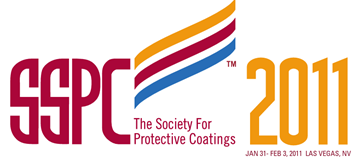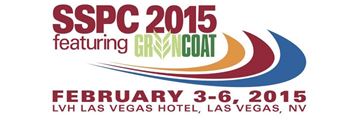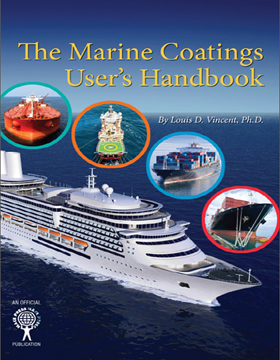Search
Products tagged with 'ships'
View as
Sort by
Display
per page
National Shipbuilding Research Program (NSRP) Surface Preparation and Coatings (SP&C) Panel 2015 Updated
Product Number:
41215-924-SG
Publication Date:
2015
$20.00
National Shipbuilding Research Program (NSRP) Surface Preparation and Coatings (SP&C) Panel 2016 Update
Product Number:
41216-999-SG
Publication Date:
2016
$20.00
National Shipbuilding Research Program Surface Preparation and Coatings Panel 2013 Update
Product Number:
41213-736-SG
Publication Date:
2013
$20.00
Naval Sea Systems Command and the National Surface Treatment Centers Preservation Technical and Quality Assurance Assessment Program
Product Number:
41205-206-SG
Publication Date:
2005
$20.00
NSRP Surface Preparation and Coating Panel Update Initiatives to Reduce the Costs of Painting Navy Ships
Product Number:
41212-669-SG
Publication Date:
2012
$20.00
NSRP-US Navy Initiatives to Reduce the Costs of Painting Navy Ships
Product Number:
41211-593-SG
Publication Date:
2011
$20.00
Performance of Marine Coatings Applied over Flash Rusted Surfaces
Product Number:
41209-465-SG
Publication Date:
2009
$20.00
Retention of Pr-Construction Primers During Shipbuilding
Product Number:
41211-586-SG
Publication Date:
2011
$20.00
Single-Component Polysiloxane Coating for Navy Topsides
Product Number:
41213-755-SG
Publication Date:
2013
$20.00
Single-Component Polysiloxane: An Advanced Coating for Navy and Surface Topsides
Product Number:
41215-903-SG
Publication Date:
2015
$20.00
SP0111-2019, “Coating Technical File in Accordance with the IMO Performance Standard for Protective Coatings”
Product Number:
21153-SG
ISBN:
1-57590-245-1
Publication Date:
2019
$109.00
The Marine Coatings User’s Handbook (e-Book)
Product Number:
37596-E
ISBN:
1575902818
Publication Date:
2012
$128.00












